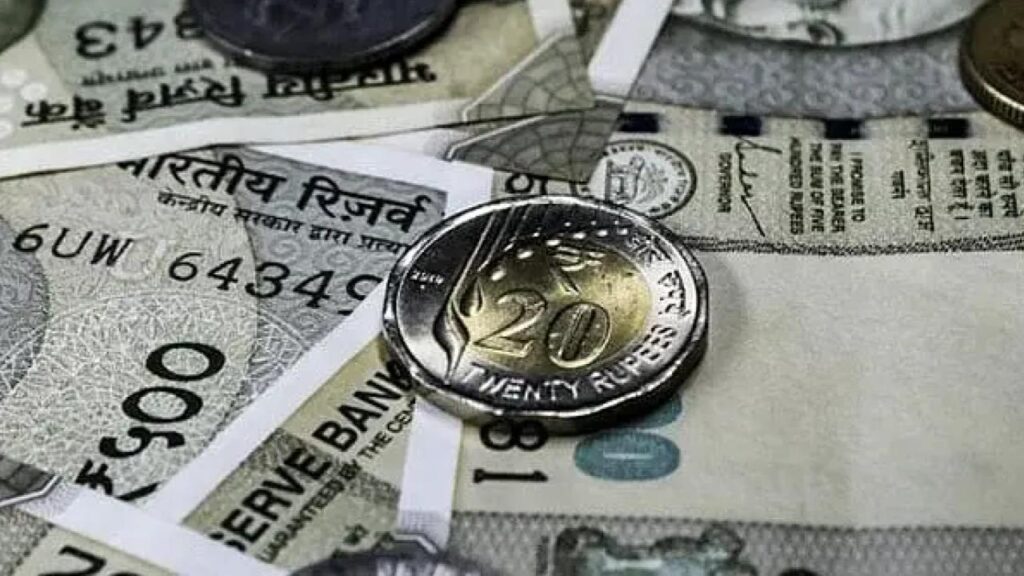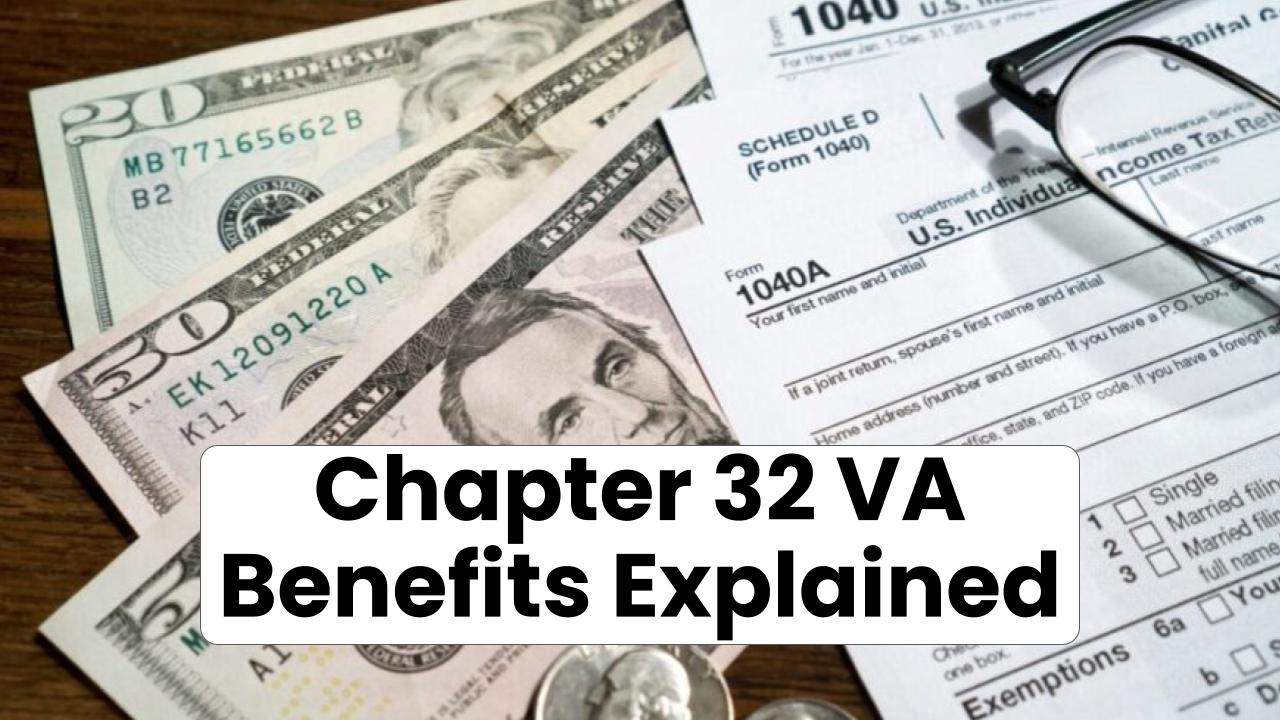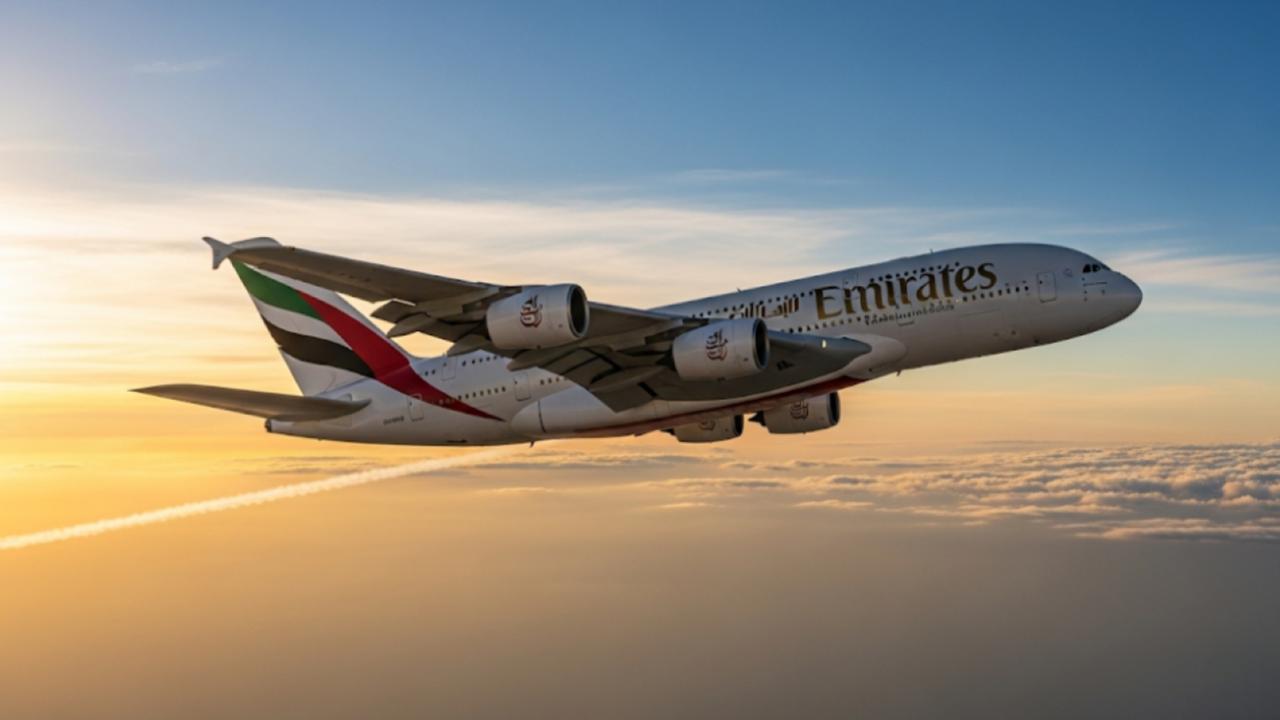India just hit a massive milestone in the world of finance—its foreign exchange (forex) reserves have officially crossed the $700 billion mark, standing at $702.8 billion as of late June 2025. That’s just a hair’s breadth from its all-time high of $704.9 billion recorded in September 2024. Big numbers, right? But what does it all mean—and more importantly, why should you care?

Whether you’re a student curious about the global economy, a business owner watching exchange rates, or just someone wondering why India’s rupee is flexing so hard right now—this article has got you covered.
India Hits $700 Billion in Forex Reserves
| Topic | Details |
|---|---|
| India’s Forex Reserves | Surpassed $700 billion in June 2025 |
| Current Total | $702.8 billion (just shy of $704.9B record) |
| RBI’s Strategy | Dollar buying, revaluation gains, remittance growth |
| Gold & Foreign Assets | Gold reserves up; valuation gains from euro, yen holdings |
| Forward Book Shrinking | Dropped from $88.7B to $65.2B (Feb to May 2025) |
| Official Source | Reserve Bank of India |
India’s foreign exchange reserves hitting $700 billion is more than just a big number—it’s a sign of financial discipline, global trust, and smart planning by the RBI. From growing remittances to savvy investment strategies, this growth didn’t happen by accident. Whether you’re a Wall Street analyst or a 5th grader wondering about money, one thing’s clear: India’s financial engine is revving up for a stable and strong future.
What Are Forex Reserves, Anyway?
Let’s break it down. Think of forex reserves like a big ol’ emergency savings account for a country. It’s a stockpile of foreign currencies, gold, and other reserve assets held by the country’s central bank (in this case, the Reserve Bank of India or RBI).
These reserves help India:
- Buy things from other countries
- Support the Indian rupee in tough times
- Pay off foreign debt
- Maintain investor confidence
In plain talk: It’s how India keeps its financial house in order, especially when the global economy throws curveballs.
What’s Driving the Surge in India’s Forex Reserves?
This isn’t a fluke. There are five big reasons why India’s reserves are soaring right now:
1. RBI’s Dollar Buying Spree
The RBI has been actively buying U.S. dollars when the Indian rupee is strong. Why? To stockpile foreign currency and keep the rupee from getting too strong (which could hurt exports).
2. Gains from Gold and Currency Valuation
India also holds reserves in gold and other currencies like the euro and yen. When these get stronger relative to the dollar, India’s overall reserve value goes up—even if it didn’t buy anything new.
As of June 2025, gold holdings and euro/yen assets increased, giving the RBI an extra boost.
3. Record-High Remittances
NRI (Non-Resident Indian) workers are sending money home like never before. In FY 2024-25, India received $135.46 billion in remittances—a 14% jump over the previous year.
That’s a lot of fresh foreign currency entering the system.
4. Shrinking the Forward Book
India’s forward dollar commitments (think of it like “IOUs” for future dollars) dropped from $88.7 billion in February to $65.2 billion by May. This means more ready cash is available in the reserve pool.
Professionals in finance see this as a strong sign of liquidity and reduced future obligations.
5. Geopolitical Diversification
With global uncertainties—from U.S.-China tensions to Middle East conflicts—the RBI is wisely diversifying its assets. That means spreading investments across multiple currencies and countries, rather than putting all eggs in one (dollar) basket.
This reduces risk and builds a more shockproof financial cushion.
Why Should You Care?
Let’s be real—this stuff sounds financially fancy, but it impacts real people and businesses too.
For Businesses:
- Importers/Exporters: A stable rupee makes planning easier.
- Investors: Higher reserves boost India’s credit rating and market confidence.
- Startups/VCs: More FDI (foreign direct investment) interest thanks to macro stability.
For Citizens:
- Stronger rupee = Less inflation from imported goods.
- Confidence in economy = Lower interest rates, stable prices.
- More job creation from foreign investors who trust India’s stability.
Step-by-Step: How RBI Builds Forex Reserves
Here’s a simplified version of what the RBI does:
Step 1: Monitor Rupee Movements
The RBI watches the INR-USD exchange rate like a hawk. If the rupee strengthens too much, they buy dollars to balance the value.
Step 2: Balance the Portfolio
They also invest in:
- U.S. Treasury Bonds
- Gold bullion
- Euro and Yen assets
Step 3: Manage the Forward Book
They reduce future dollar commitments to free up reserves for emergencies.
Step 4: Leverage Remittances
They count inflows from global Indian workers into the reserve pot.
Step 5: Hedge Against Global Risk
They diversify holdings across different currencies, economies, and investment types.
Frequently Asked Questions (FAQs)
Q1: Is hitting $700 billion good for India?
Yes, absolutely. It shows strong economic fundamentals and gives India more room to handle crises like oil shocks or currency devaluations.
Q2: Can forex reserves fall again?
They sure can. For example, during COVID-19 or when oil prices spiked, India had to use its reserves to stabilize the economy.
Q3: How does this help the Indian rupee?
Higher reserves let the RBI intervene in currency markets to keep the rupee from falling too much, protecting purchasing power.
Q4: Who decides what to do with reserves?
The Reserve Bank of India, under the direction of its Monetary Policy Committee, makes those calls.
Q5: Can India use reserves for development projects?
No. Reserves are not “spending money.” They’re more like an emergency fund—not meant for regular government expenses.








